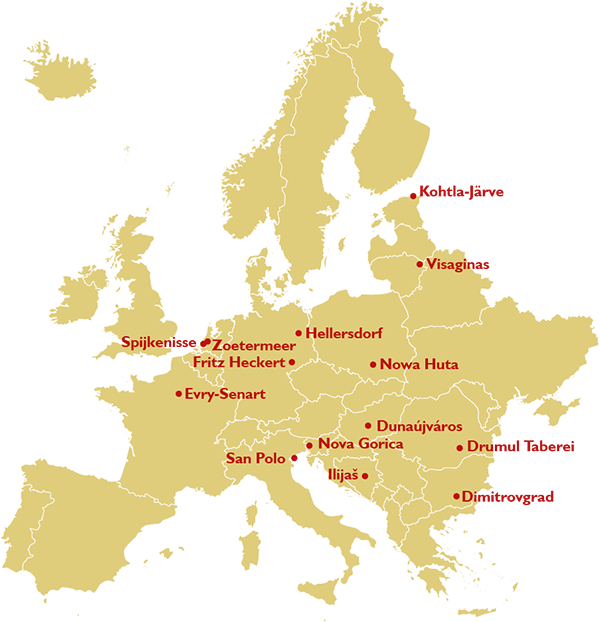Dimitrovgrad, established on the grounds of three villages with rich historical background—Rakovski, Mariyno, and Chernokonevo—traces its roots back to ancient times, with archaeological evidence revealing human habitation for thousands of years. The region’s fertile soil along the Maritsa and Merichlerska rivers attracted inhabitants since antiquity. The largest village, Rakovski, witnessed significant development, particularly with the completion of the Baronhirshovata railway in 1873. The late 19th and early 20th centuries saw the rise of coal mining and the establishment of power plants, transforming the region into a major industrial centre.
Dimitrovgrad as a town was established in 1947, when the new communist government decided to unite the already developed smaller villages. The region has already emerged as a new industrial hub with the establishment of a cement plant, fertiliser factory, and a power plant. Dimitrovgrad was named after Bulgaria’s first leader of the Communist Party - Georgi Dimitrov. Construction started in 1947 and in the following years, over 50,000 volunteers from the “brigades movement” travelled to Dimitrovgrad to contribute to its development. This movement, composed of thousands of young volunteers, transformed the town into a propaganda showcase, symbolising the transition from rural to urban society.
The city was built according to the design of architect Petar Tashev, whose plan embodied socialist realism ideals. Tashev’s plan, although visually aligned with socialist realism, subtly incorporated modernist town planning principles, including functional zoning and free-standing buildings within lush green spaces. Today, Dimitrovgrad stands out as perhaps the only continuous garden city in Bulgaria, with parks interconnecting residential blocks.
In recent years, the municipality has actively promoted Dimitrovgrad as a unique cultural heritage, achieving recognition through campaigns, conferences, and national declarations. In 2010, three sites in Dimitrovgrad received recognition as cultural heritage of national significance, marking the first declaration and protection of socialist-era architectural ensembles in Bulgar.
Representative Organisation:
Municipality of Dimitrovgrad
New Architectural Heritage Foundation





